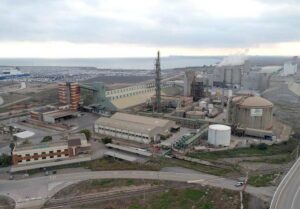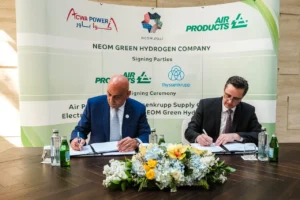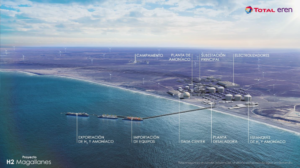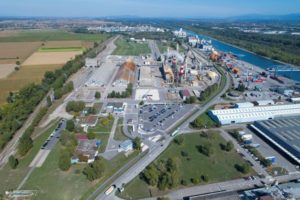Project Catalina: GW-scale green ammonia in Spain
Copenhagen Infrastructure Partners, Fertiberia and Vestas will partner with Enagás (who own Spain's national gas grid) & Naturgy (a Spanish gas & electricity utility) to develop a hydrogen and ammonia mega project in the Aragon region, Spain. At full size, 5 GW of combined wind & solar generating capacity will power 2 GW of electrolysers that produce around 160,000 tonnes of green hydrogen per year. Construction of Phase I is due to start at the end of 2023, and includes plans for a state-of-the-art green ammonia production facility that will feed Fertiberia's existing fertiliser plant in Sagunto.









